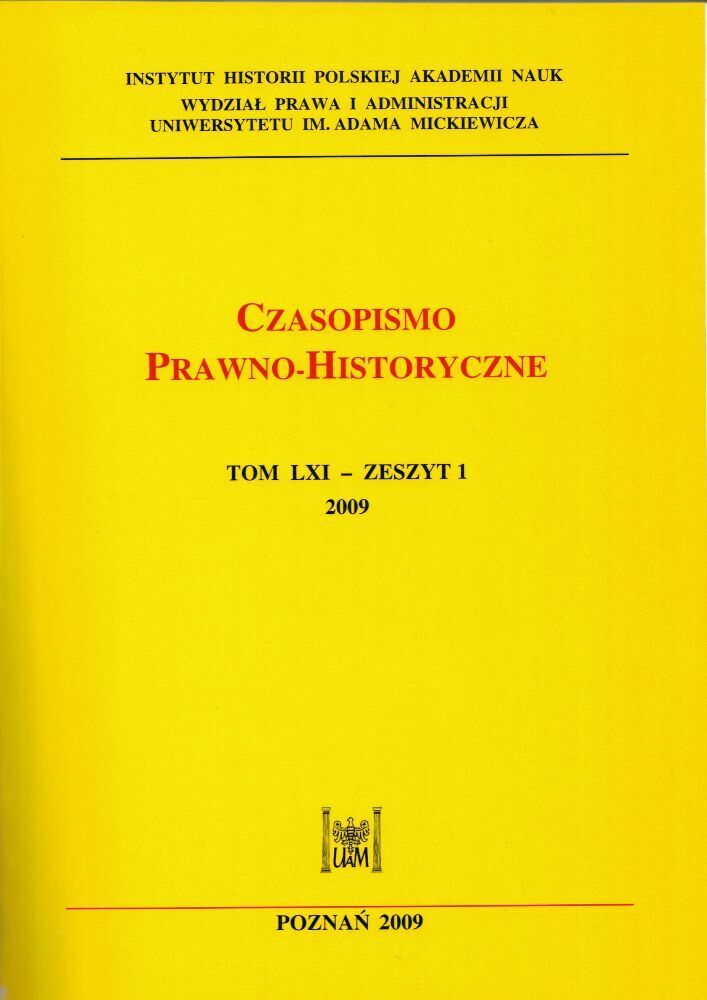Abstract
The first codification of inheritance law in Lithuania was enshrined in the 1st Lithuanian Statute of 1529. Subsequent amendments to the Statute took effect in 1566 and 1588. They set forth the principles of bequeathing that provided that the last will was to be made when thetestator was still in good health, it required the presence of witnesses, and needed to be subsequently endorsed by a court with proper jurisdiction. When the first two Statutes were in force, frequent witnesses of the will were members of the clergy who, apart from enjoying respect, belonged to the relatively small group of the literate in those times. Later, however, in the 17th and 18th centuries, it was members of the family, or friends, who were called to testify, and the last will made in accordance with the binding laws was subsequently enforced upon the testator's death, even if it lacked the seal. The Lithuanian inheritance law was adjusted to the needs of the people in Lithuania, where acts of the last will were usually drafted in the last weeks of a person's life, when the illness prohibited the testators to make a will in the presence of a clerk in office. The Act provided for such situations, thus enabling the ill, disabled and the illiterate to leave a will as well. After the testator's death, the last will was executed and duly entered in land and mortgage (land register) files. The entries included: the date of the act, entered according to the Julian or Gregorian calendar, the names of the witnessing clerks, information on the persons present at the activation process, as well as the details of the testator and the beneficiaries of the will. The last will was usually read out at the funeral. Certain legacies, e.g. in favour of churches or temples, were frequently challenged by the family of the testator. In towns and cities, the principles of inheritance were usually regulated by Magdeburg law, which sought to protect the interest of natural heirs. It included a remedy not known in statutory law, i.e. specific performance, obliging to implement the last will within a year. That principle did not, however, precise the date of which that one-year period would run: the death of the testator, or the date at which the will was filed for activation. Further, last wills could not be executed if they contained provisions contradictory to common law, good practice, or the principles of piety or honesty. Last wills of the modern times made in the territory of the Grand Duchy of Lithuania had a specific structure and consisted of a preliminary protocol (invocativo, intitulario, arenga, a testing ability condition); the actual part (dispositio, corraboratio) and a final protocol (date, witness details, signatures)
Funding
Digitalisation and OA co-funded by the Minister of Education and Science (Poland) under contract no. BIBL/SP/0002/2023/1
License
Copyright © by Faculty of Law and Administration, Adam Mickiewicz University, Poznań, 2009OPEN ACCESS




